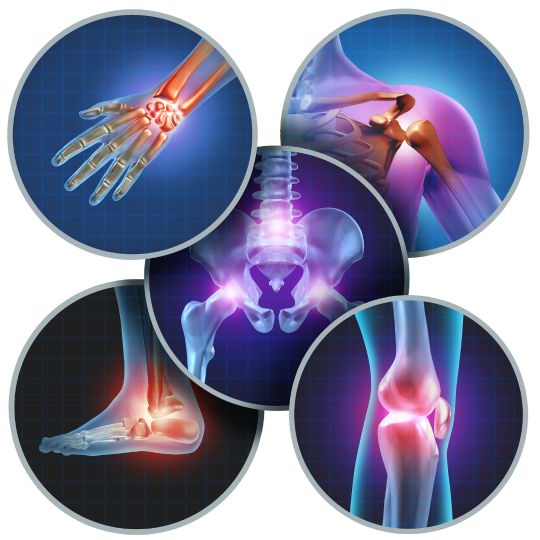Oxidative stress is an imbalance between damaging free radicals and antioxidants in a body. Free radicals are oxygen-containing molecules with an uneven number of electrons. The uneven number allows them to easily react with other molecules. Free radicals can cause large chain chemical reactions in the body because they react so easily with other molecules.
When there are more free radicals present than can be kept in balance by antioxidants, the free radicals can start doing damage to fatty tissue, DNA, and proteins in the body. Proteins, lipids, and DNA make up a large part of the body, so that damage can lead to a vast number of diseases over time, including neurodegenerative diseases and inflammatory diseases.
Antioxidants are molecules that can donate an electron to a free radical without making themselves unstable. This causes the free radical to stabilize and become less reactive.
Hydroxytyrosol is the most potent natural antioxidant discovered to date. Hydroxytyrosol is a chemical extracted from olives [1].
68,576 is the ORAC value (Oxygen Radical Absorbance Capacity) of hydroxytyrosol, 15 times higher than that of green tea and three times higher than that of coenzyme Q10 (CoQ10). Scientists recognize its potent anti-inflammatory, antibacterial, antioxidant, and cardioprotective properties due to numerous, well-documented studies[2].
Characteristics of Hydroxytyrosol
Many researchers are interested in hydroxytyrosol because it has powerful antioxidant and free radical scavenging properties, as well as strong anti-inflammatory characteristics [1]. As a natural antioxidant, hydroxytyrosol has the highest degree of free radical absorption so far recorded. Aside from its antimicrobial properties, it inhibits the growth of several bacteria strains in humans [1], which could effectively fight bacteria of infectious diseases.
It has some exceptional characteristics that contribute to its effectiveness. It is:
- Rapidly absorbed into the bloodstream and tissues to perform its free radical scavenging duties.
- The only phenol (organic compound) that can cross the blood-brain barrier, which allows it to absorb free radicals throughout the central nervous system
- It has both fat and water-soluble components, giving it the highest bioavailability of any antioxidant.
Olives are a good source of hydroxytyrosol
Hydroxytyrosol is a phenolic component of olive oil found in the olive tree’s fruits and leaves (Olea europaea L.). Hydroxytyrosol can be found in olive oil in both its free form and as part of more complex compounds like oleuropein. When olives grow, their oleuropein ingredient decreases and that causes the bitter taste of the fruit. This is due to the conversion of oleuropein into oleuropein aglycone and then to hydroxytyrosol. [2]. When humans eat an olive, the phenols in the olive undergo the first-pass metabolism after absorption [3]. They break down into hydroxytyrosol and homovanillic acid, which can be assessed by measuring homovanillic acid and hydroxytyrosol in urine [4].
Summary
Hydroxytyrosol, as one of the primary polyphenols found in virgin olive oil, has several pharmacological properties, including antioxidant properties, anti-inflammatory and neuroprotective properties, and beneficial effects on the cardiovascular system.
References:
- Martínez L, Ros G, Nieto G. Hydroxytyrosol: Health Benefits and Use as Functional Ingredient in Meat. Medicines (Basel). 2018;5(1):13. Published 2018 Jan 23. doi:10.3390/medicines5010013
- Vilaplana-Pérez, Cristina, et al. “Hydroxytyrosol and potential uses in cardiovascular diseases, cancer, and AIDS.” Frontiers in nutrition 1 (2014): 18.
- D’Angelo S, Manna C, Migliardi V, Mazzoni O, Morrica P, Capasso G, Pontoni G, Galletti P, Zappia V. Pharmacokinetics and metabolism of hydroxytyrosol, a natural antioxidant from olive oil. Drug Metab Dispos. 2001 Nov;29(11):1492-8. PMID: 11602527.
- Tuck KL, Freeman MP, Hayball PJ, Stretch GL, Stupans I. The in vivo fate of hydroxytyrosol and tyrosol, antioxidant phenolic constituents of olive oil, after intravenous and oral dosing of labeled compounds to rats. J Nutr. 2001 Jul;131(7):1993-6. doi: 10.1093/jn/131.7.1993. PMID: 11435519.

